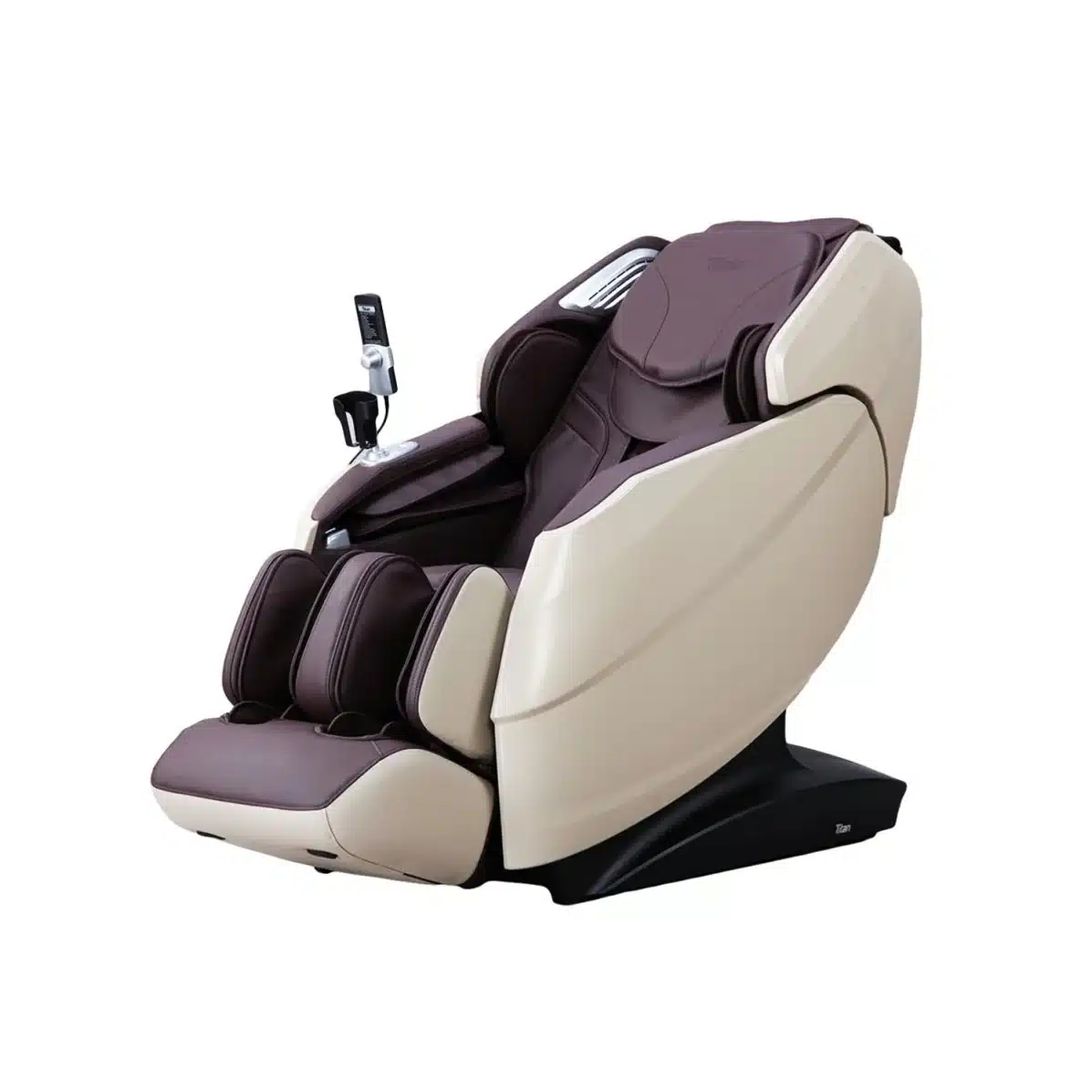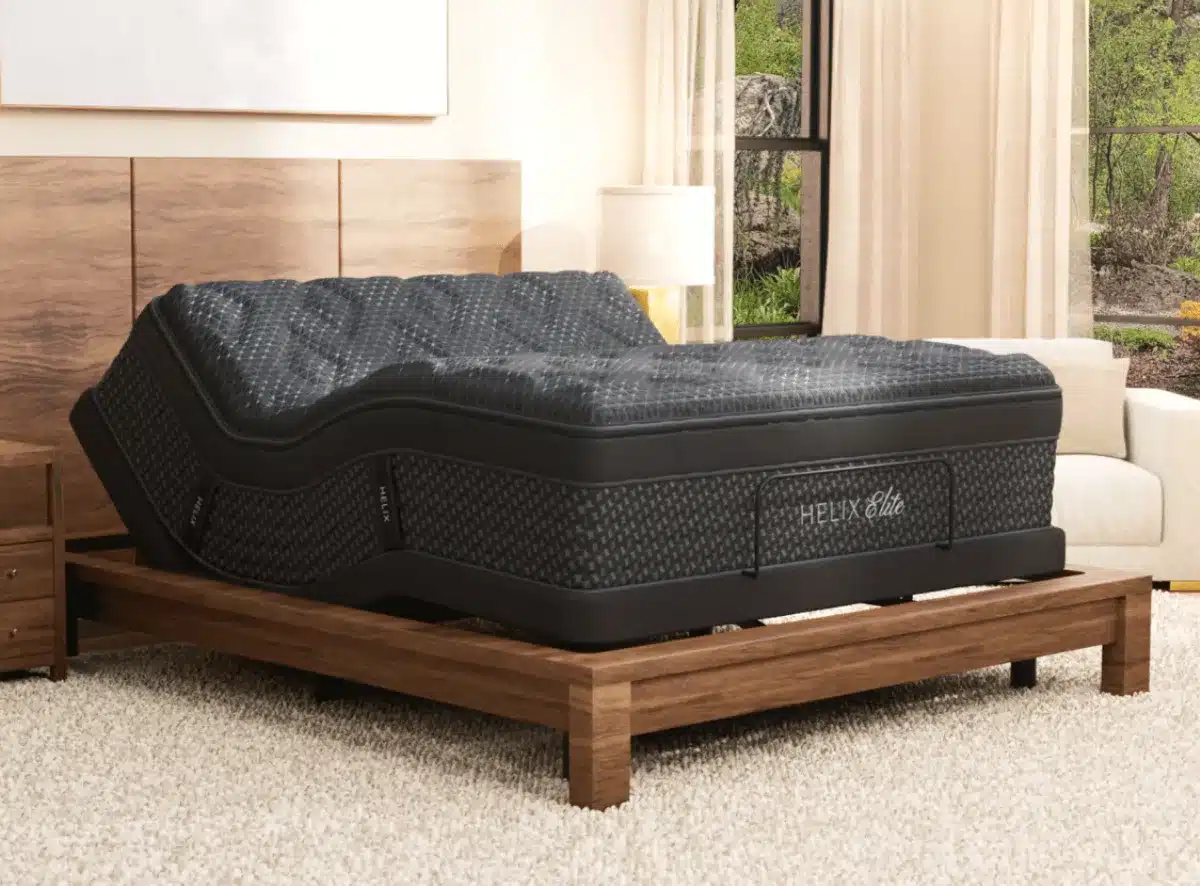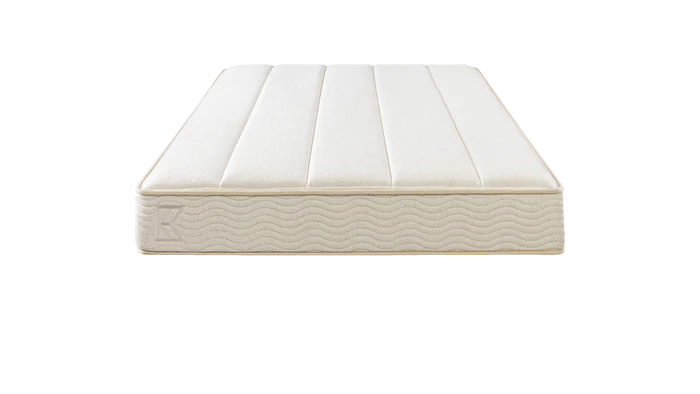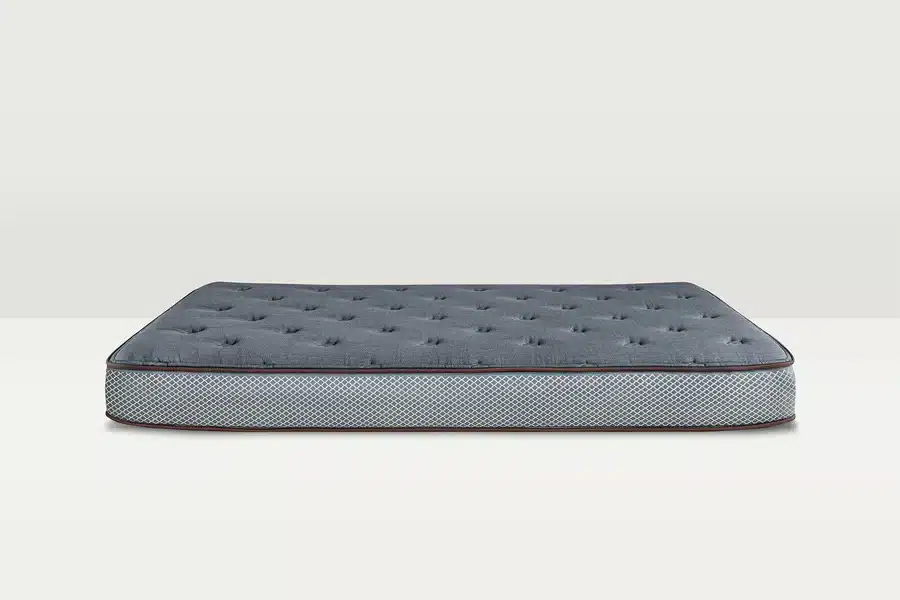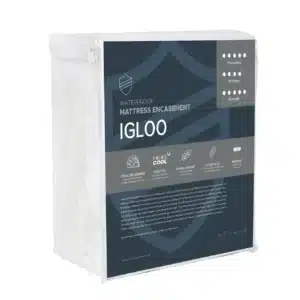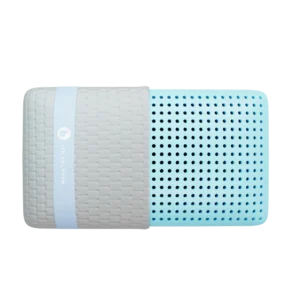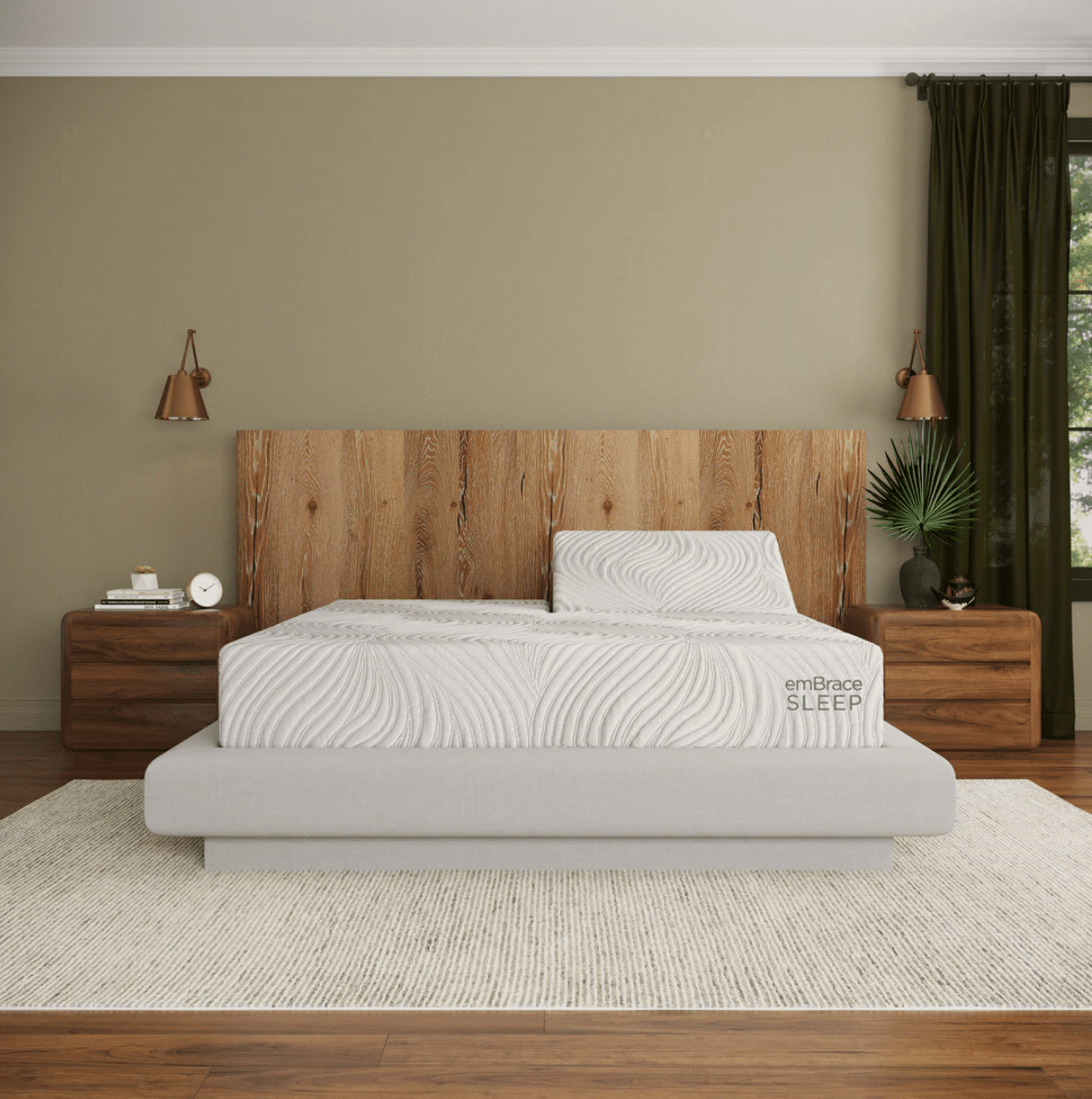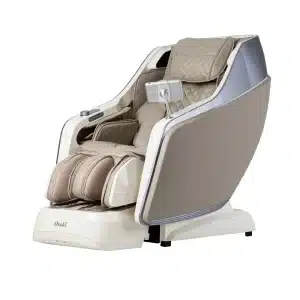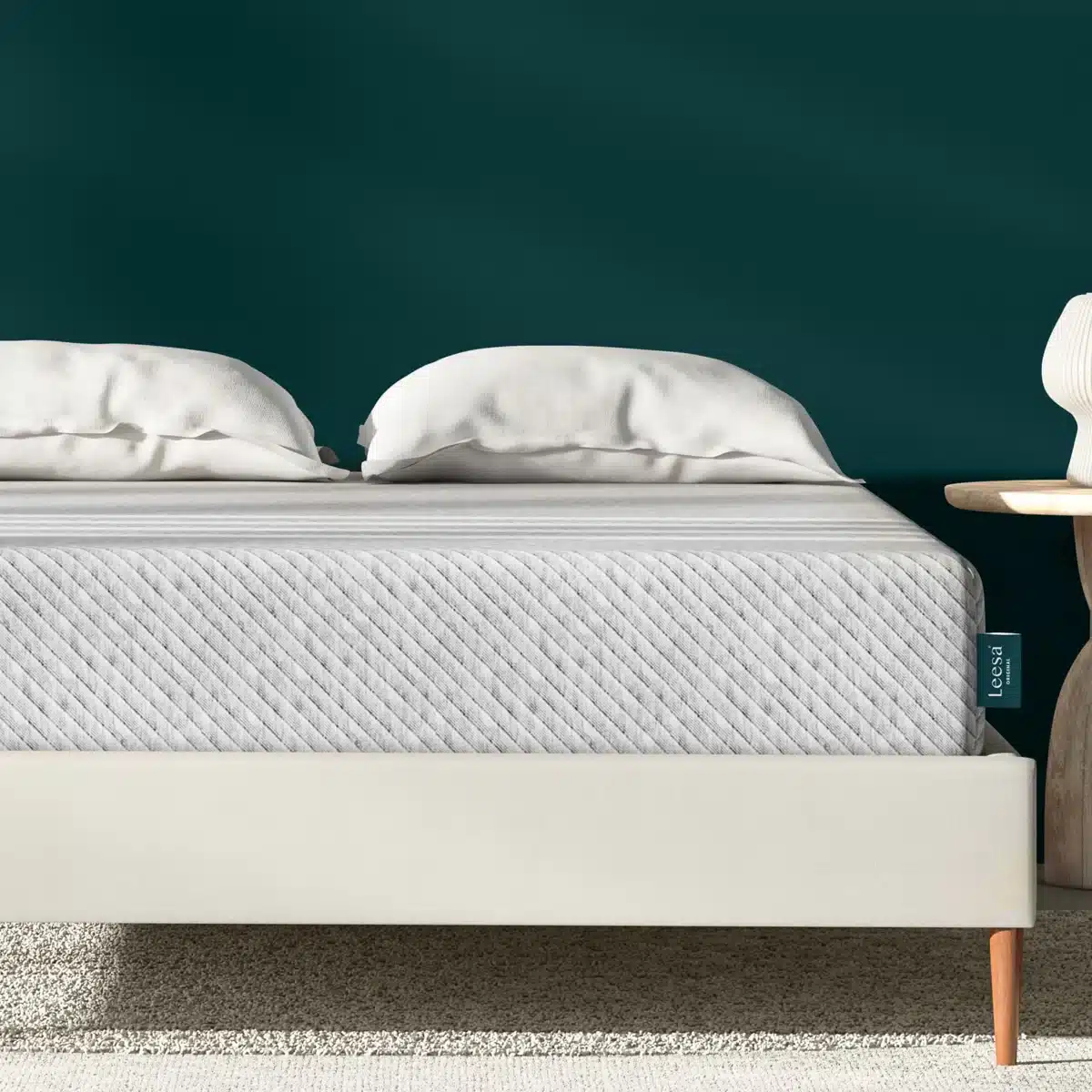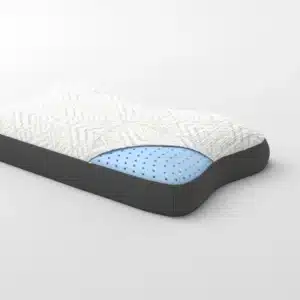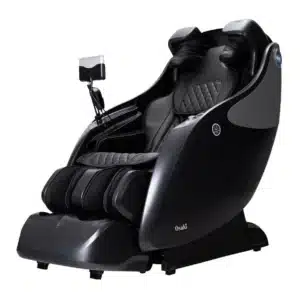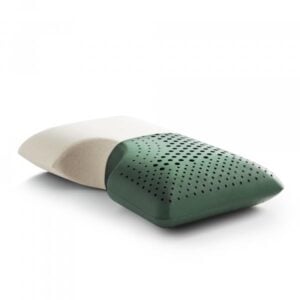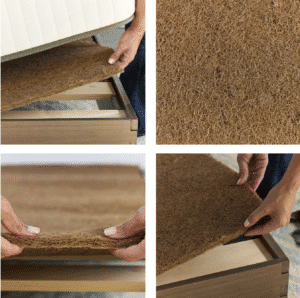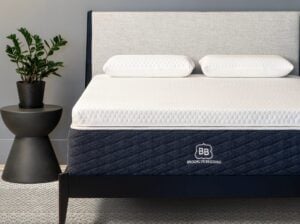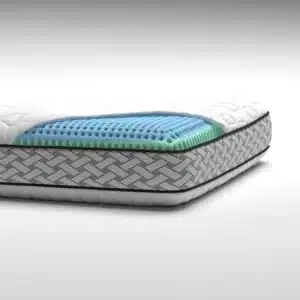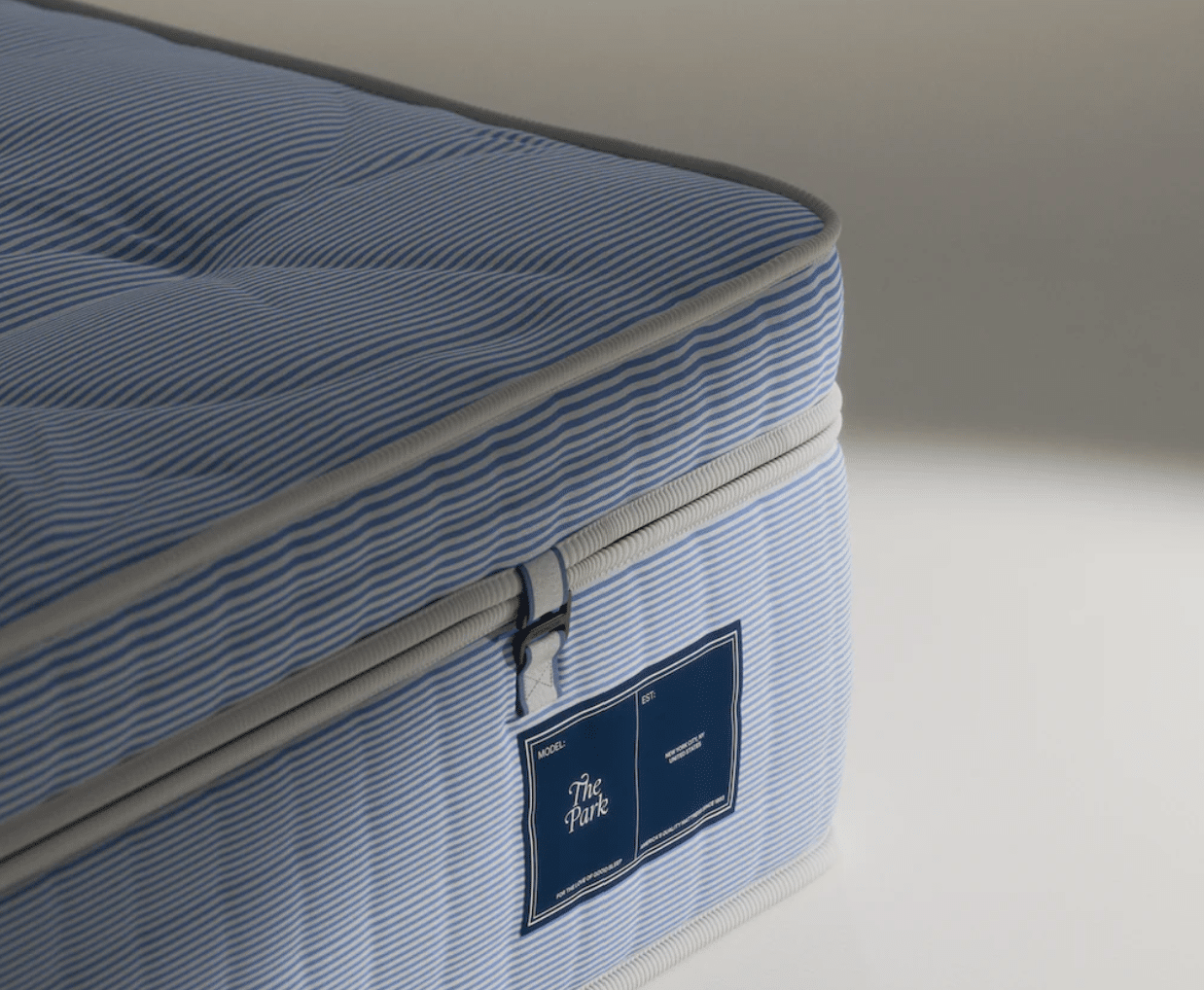In-Depth Guide to Comparing iSense vs Sleep Number Mattress Features
Choosing the ideal mattress is crucial for ensuring restorative sleep, and the debate between iSense and Sleep Number often emerges due to their advanced features and impressive customization options. Both brands aim to elevate your sleep experience, but what truly sets them apart? This guide will delve into the unique attributes of each to help you make an informed decision about your next investment.
Comfort and Support: iSense vs Sleep Number
When selecting a mattress, comfort and support are foremost concerns. Both iSense and Sleep Number introduce distinct technologies tailored to different sleep styles.
iSense Comfort and Support
The iSense mattress employs innovative Comfort Control™ Technology, featuring 14 adaptive air chambers strategically arranged among premium foam layers. This setup allows for precise individual firmness adjustments on either side of the bed, ensuring personalized comfort.
– 14 Air Chambers: Seven on each side, these chambers are enveloped in premium foam, delivering exceptional support while minimizing motion transfer. This means that if your partner stirs during the night, you’re less likely to feel their movements.
– Pocket Coils: Beneath the air chambers lies a system of individually wrapped pocket coils. These coils enhance support and robustness, further aiding in motion isolation.
– Premium Foam: The integrated foam layers are designed to provide pressure relief, making iSense particularly beneficial for side sleepers and individuals with back pain. The foam contours to your body, alleviating pressure points.
– Motion Isolation: The combination of air chambers and foam excels at isolating motion. In practical tests, a bowling ball placed on one side didn’t disturb a glass of water resting on the opposite side, evidencing its impressive motion isolation capabilities.
Sleep Number Comfort and Support
Sleep Number takes a different approach, primarily relying on air technology for comfort and support.
– 2 Large Air Chambers: Each side of the Sleep Number mattress features a sizable air chamber. The customizable firmness relies on adjusting air levels, allowing you to find your perfect comfort setting via the Sleep Number Setting.
– Foam Layer: Above the air chambers, a layer of foam provides cushioning but may lack the same level of support and motion isolation compared to iSense’s hybrid structure.
– Air Support: The air chambers serve as the primary form of support, which can lead to a greater transmission of motion. This may be a drawback for light sleepers who are sensitive to movement.
– Sleep Number Setting: Each side can be independently adjusted, yet this customization can create a discernible ledge — known as the cuddle zone — in the middle of the bed when different firmness levels are set.
Mattress Construction and Materials: iSense vs Sleep Number
Understanding the construction and materials of each mattress can reveal more about their comfort levels and longevity.
iSense Construction and Materials
The iSense mattress features a hybrid design that delivers a satisfying blend of comfort and support.
– Thickness: With a substantial 13.5-inch profile, the iSense mattress stands out among thicker options, enhancing its plushness and overall support.
– Foam Layers: The top comprises a 2.25-inch layer of open-cell foam, engineered for cooling to prevent heat retention. Additional premium foam layers enhance both comfort and contouring.
– Adjustment Capability: The iSense mattress’s 14 air chambers allow for precise firmness control, accommodating a wide range of sleeping preferences.
– Cooling Mechanisms: Active cooling features effectively dissipate heat, ensuring a comfortable sleep environment, ideal for those prone to overheating.
Sleep Number Construction and Materials
Sleep Number mattresses also showcase a hybrid design, though with key differences.
– Thickness: Ranging from 11 to 13 inches depending on the model, there’s flexibility for various preferences.
– Foam Layer: The top foam layer passively absorbs heat but lacks the robust support system found in iSense.
– Air Chambers: The dual large air chambers facilitate firmness adjustments but don’t provide the same level of customization as iSense.
– Cooling Features: Sleep Number mattresses focus on passive cooling, though optional active cooling mechanisms can be added for an additional cost.
Price and Warranty Comparison
Cost is a significant factor when investing in any mattress. Let’s take a closer look at the prices and warranties of iSense and Sleep Number.
iSense Price and Warranty
– Price Range:
– Queen Size: $3,999
– King Size FlexHead™: $4,999
– Warranty:
– 10-Year Limited Warranty, covering the mattress comprehensively for the first decade and covering electronics for three years.
– Trial Period:
– 180-Night Trial, allowing customers to test the mattress risk-free.
Sleep Number Price and Warranty
– Price Range:
– Queen Size: $3,199 – $5,499
– King Size FlexHead™: $4,399 – $7,399
– Warranty:
– 15-Year Limited Warranty, with full coverage for the first year followed by prorated coverage.
– Trial Period:
– 100-Night Trial, although return fees apply, including a $199 delivery and additional shipping costs.
Smart Bed Technology: iSense vs Sleep Number
Both iSense and Sleep Number offer innovative smart bed technologies aimed at enhancing your sleep experience.
iSense Smart Bed Technology
iSense features advanced Comfort Control™ Technology that provides extensive customization.
– Adjustable Firmness: You can choose from 40 settings for comprehensive comfort control.
– Sleep Tracking: The iSense Smart Bed App monitors critical sleep metrics, including heart rate and sleep phases, guiding you toward better sleep habits.
– Control Options: Users can adjust settings via the app or a physical remote, providing flexibility in managing comfort levels.
Sleep Number Smart Bed Technology
Sleep Number beds are acclaimed for their Sleep Number Setting and integration with the SleepIQ app, which provides similar features.
– Adjustable Firmness: While the Sleep Number Setting allows for customization, it doesn’t match the breadth of settings available with iSense.
– Sleep Tracking: The SleepIQ app tracks various sleep patterns and disturbances, offering insights into sleep quality.
– Independent Adjustments: Each side can be adjusted separately, supporting personalized comfort for couples.
Conclusion: Choosing Between iSense vs Sleep Number
Deciding on the right mattress can dramatically influence your quality of sleep and overall health. In the iSense vs Sleep Number comparison, both brands possess unique features catering to distinct needs and preferences.
iSense excels with its Comfort Control™ Technology, providing adaptive firmness and superior motion isolation through its air chambers and foam layers. Its broad customization options and comprehensive 180-night trial make it a standout, particularly for those who prioritize precise comfort.
In contrast, Sleep Number focuses on dual-sided customization and advanced tracking through its SleepIQ app. While it boasts a longer warranty, the overall higher price and potential return fees are important considerations.
Ultimately, your choice should hinge on your individual comfort preferences and budget. If you seek detailed control and motion isolation without breaking the bank, iSense is likely the superior choice. However, if advanced sleep tracking and dual-side adjustability are at the top of your priority list, the Sleep Number might warrant the investment.
At Yawnder, we strive to help you navigate your mattress selection. Explore our range today and embark on your journey to a better night’s sleep!



